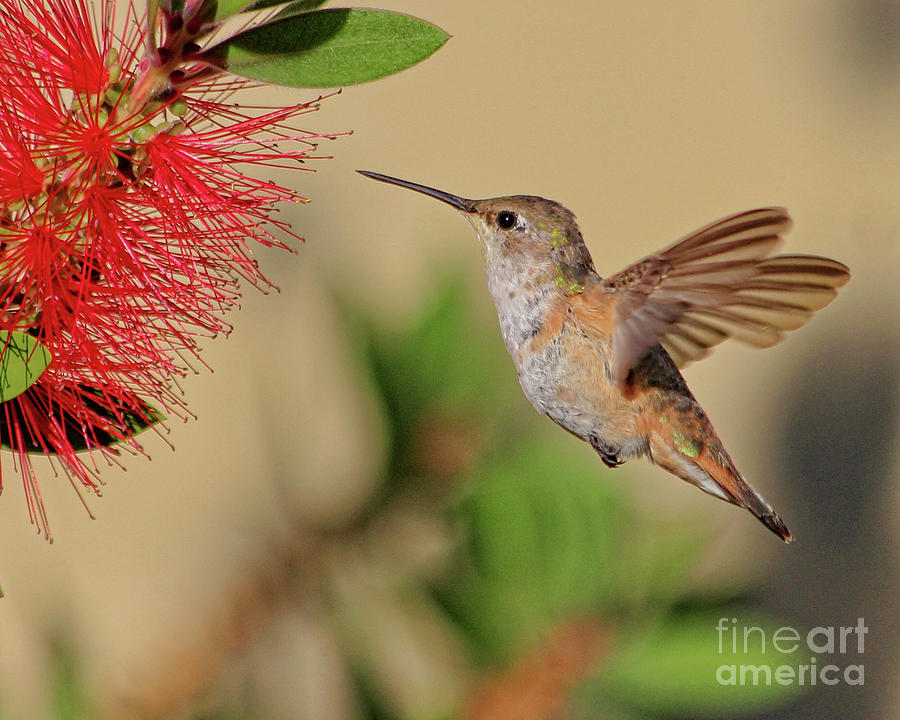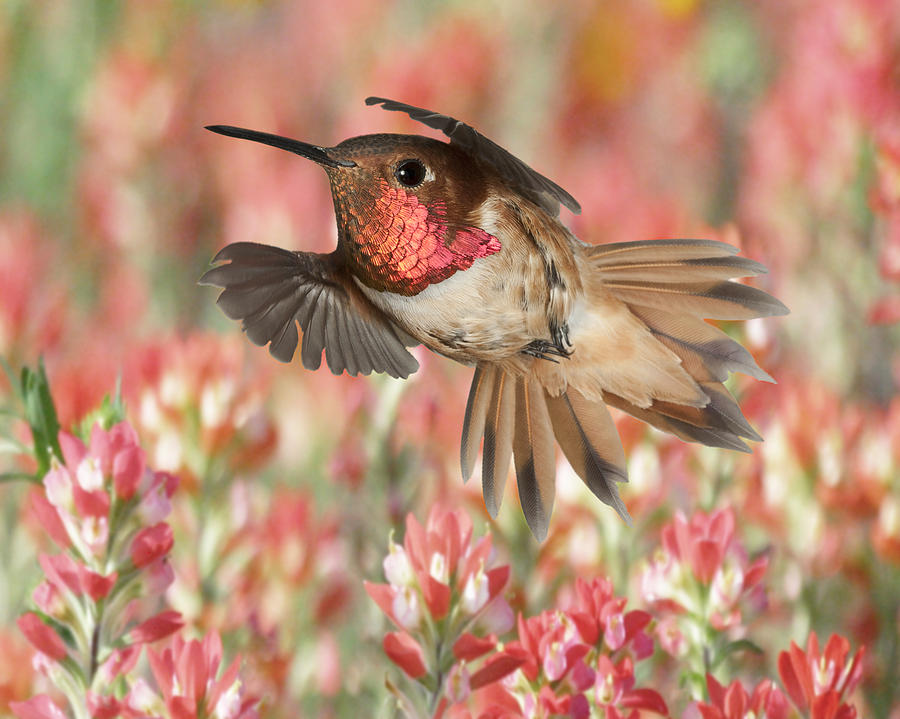
You will frequently find these birds chasing away other hummers from feeders and nesting sites as they are very territorial. Rufous Hummingbirds are well known to be incredibly feisty and pugnacious. Females of this species are sometimes mistaken for Allen’s Hummingbirds because of their similar green coloring. However, it is their green upperparts and rufous tails and flanks that make them stand out from the males of the species. In addition, females have some white feathers on their throat and the tips of their tails. Males occasionally have green on their back or head.įemale Rufous Hummingbirds have much less orange plumage than their male counterparts, with just a soft spot of the iridescent coloring on the throat. Males are characterized by a vivid orange-red throat with rusty coloring on their belly region and back. In fact, their species name is inspired by their reddish-brown or rufous coloring. Male Rufous Hummingbirds have a flame-like color pattern. Like many species of birds, the coloring of the Rufous Hummingbird differs from the males to the females of the species. These hummingbirds have a fairly short wingspan, averaging 4.3 inches across. Their tails, which splay out in flight, taper to a neat point when resting. Rufous Hummingbirds have a slender, almost straight bill that is ideal for dining on nectar. The males of the species tend to be slightly smaller than the females. The Rufous Hummingbird is a relatively small hummingbird, measuring a mere 2.8 to 3.5 inches in length and weighing an average of 3 to 5 grams. To do this, they feed almost continuously throughout the day for periods of less than a minute at a time. They consume as much as three times their body weight in food every day because they burn it off so quickly.

As with all hummingbirds, these feisty birds need to consume a lot of food to maintain the energy required for their lengthy migration and daily activities. Protein is obtained by eating insects that these hummingbirds snatch from the air or nearby plants. Another remarkable facet of their brilliant memory is their ability to remember where hummingbird feeders are placed from previous years along their migratory journey Naturally, the sugar is supplied in the nectar they drink from colorful, tubular flowers, which they access with long, extendable tongues.īecause of their great memories, Rufous Hummingbirds can keep track of which flowers are ready for feeding. Like other hummingbird species, Rufous Hummingbirds center their diet on protein and sugar. As long as they have enough food available and safe shelter to sleep, these birds will be satisfied. For this reason, they can often be found dwelling in parks and public gardens. Rufous Hummingbirds don’t mind residing near people in areas where the natural habitat has been altered. Though these beautiful birds prefer open woodlands and coniferous forests with plenty of shrubs, they are not especially picky. In fact, Rufous hummingbirds have been located in many corners of the United States, because they can adapt well to just about any environment. Of the hummingbirds with a western North American range, this is the species most likely to be spotted in the northeast. Additionally, their travels take them farther north than other Hummingbird varieties.

They have the longest migration route of any type of hummingbird – over 2,000 miles in one direction from the northwest United States down into Mexico and the Gulf Coast. The migration patterns of these birds are just one of the many interesting facets of Rufous Hummingbirds. Their habitat range has provided these feisty birds with a wide audience to appreciate their beauty. One of the reasons for their popularity is that Rufous Hummingbirds live in many different regions. They are among the most prominent and easily recognizable species in the hummingbird family, though their history and population dynamics remain somewhat unknown.


These birds are well known for their iridescent, fiery plumage, specifically on the males of the species. If you’ve ever spotted hummingbirds in your backyard, it is likely that you’ve seen at least one Rufous Hummingbird, especially if you live on the west coast.


 0 kommentar(er)
0 kommentar(er)
